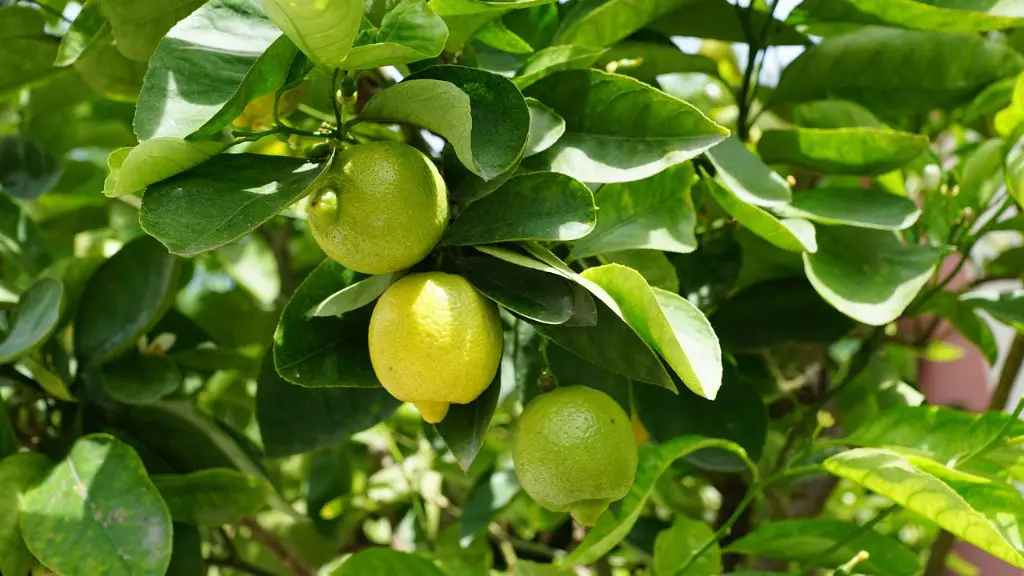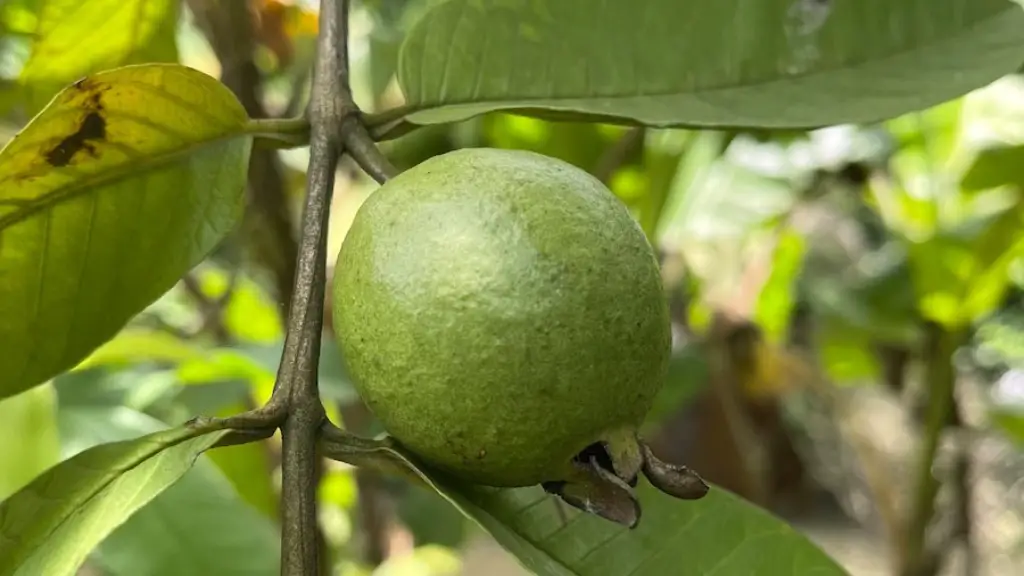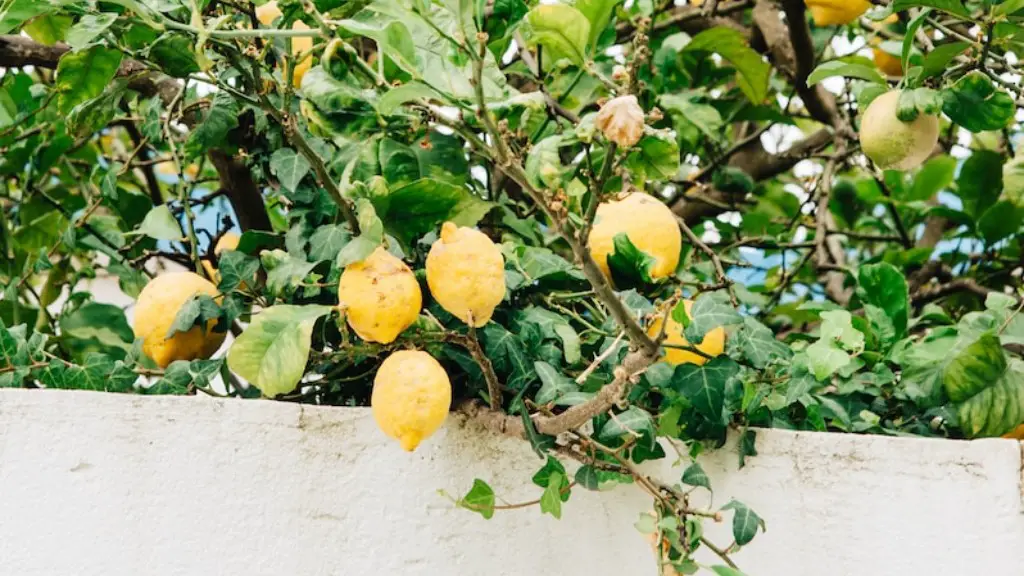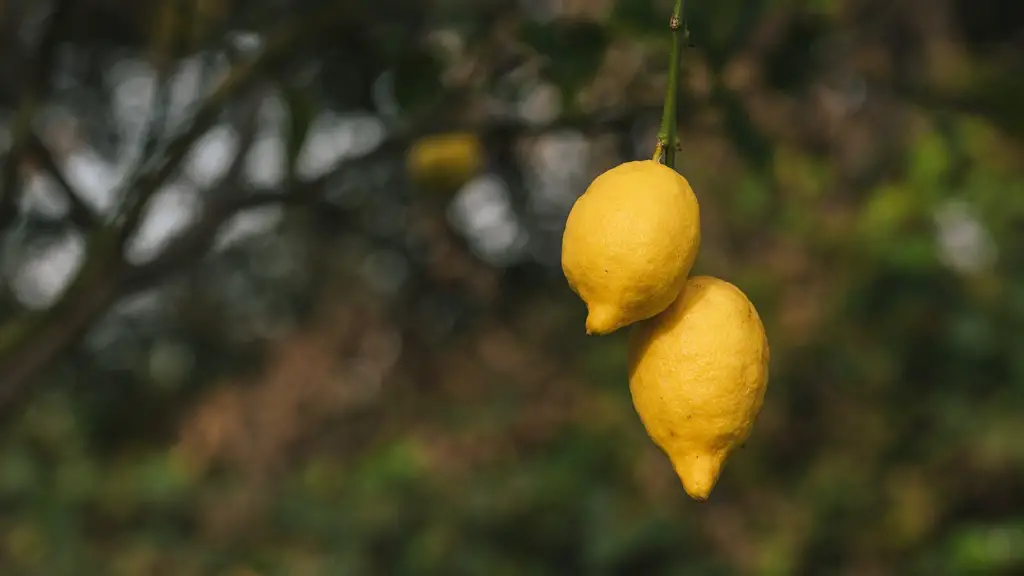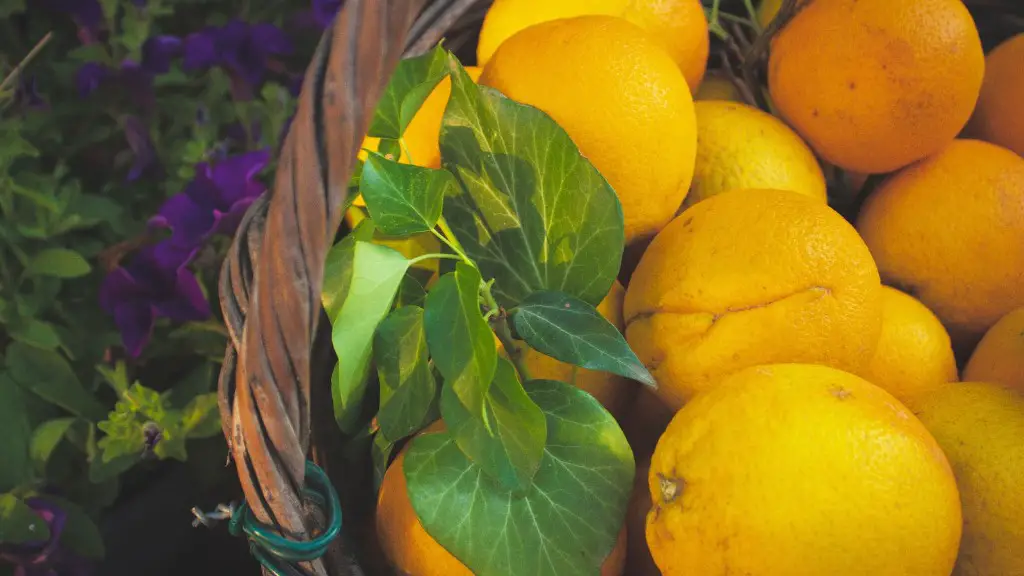Growing a bonsai lemon tree requires knowledge, patience and some specialized tools. However, it’s not as hard as it may seem. With just a few steps, you can enjoy a miniature lemon tree growing in the comfort of your home. Here are the basic steps to grow a bonsai lemon tree.
To begin, find an appropriate pot for the tree. The size should be somewhere between 6 and 10 inches in diameter. The surface of the pot should be wide and flat. If the pot does not have drainage holes, make sure you create them. Otherwise, the tree’s roots will not have access to the necessary air.
Furthermore, you’ll need to get a suitable soil. You should look for a soil specifically formulated for citrus plants or bonsai trees. This type of soil is finely ground and allows the roots to breathe properly. Additionally, it has enough nutrients to sustain the tree without it having to resort to fertilizers.
Before planting the lemon tree, it’s best if you soak the soil in water overnight. This will allow the soil to absorb enough water and make it easier to work with. However, make sure you don’t let the soil get too wet, as this can encourage the growth of fungus.
When you are ready to plant, remove the tree from its pot and inspect the roots. Cut off any dead or damaged roots and trim the root mass by about one third. Place the tree in the center of the pot, add some of the previously soaked soil and pack it gently but firmly.
When you finish planting, add a thin layer of calcined clay around the base of the tree. Not only will this help keep the soil in place, it will also make it harder for any disease to take hold of the root system.
Finally, you are ready to place the tree in an area with plenty of direct sunlight. Make sure the tree is watered regularly and offer some light fertilizer every four to six weeks. A healthy lemon tree should be ready to harvest delicious lemons in just three to four years.
Pruning a Bonsai Lemon Tree
Regular pruning is an important part of growing a bonsai lemon tree. Each time you trim the tree, it will become more compact and you can shape it as you please. Pruning should be done either during the warmer months of the year or during the middle of the winter season.
To begin, you’ll need a pair of scissors or shears. Use them to trim back any branches that are growing beyond the desired shape of the tree. However, avoid trimming too much each time, as this could wound the tree and cause it to become ill. Instead, you should slowly shape it over the course of a few months.
Make sure you keep an eye on the tree’s leaves. If some of them become yellow or dry, make sure you remove them to prevent the spread of any illness. In addition, you should remove any dead leaves, twigs and branches, as these can easily attract pests.
Finally, if you wish to add more compactness to the tree, you can apply some root pruning. This can be done once a year, during the winter season. Using a small shovel, you can carefully remove some of the larger roots from the root mass and stimulate the growth of smaller roots.
Harvesting from the Bonsai Lemon Tree
Once the tree has grown to its desired size, it’s time to start harvesting lemons. It is advised that you only harvest a few lemons each time, as this will allow the tree to produce more fruits constantly. If you harvest too much at once, you could end up stressing out the tree and it could stop producing fruit.
When harvesting, use a pair of garden shears or scissors and try to avoid using your hands. This is to prevent any debris such as twigs and leaves from getting into the fruit. Additionally, make sure the lemons are ripe before picking them, as this will ensure that the juice is at its sweetest.
Once you harvest the lemons, you can simply store them in a cool and dry place. Or you can use them to create delicious dishes to share with family and friends. Moreover, if you want to ensure the continuous growth of the tree, you should always spread some compost around it throughout the year.
Watering and Fertilizing a Bonsai Lemon Tree
A bonsai lemon tree needs to be watered at least once every week, with more frequency during the warmer seasons. Ideally, it should be watered only when the soil is slightly dry. You can check this by placing your finger on the surface of the soil and see if it’s still moist.
Add water gradually and wait for the excess to drain out before stopping. This will ensure that the soil absorbs as much water as it needs. Additionally, you can add a few drops of liquid fertilizer every two to four weeks. This will provide the tree with the necessary nutrients for healthy growth.
Protecting the Bonsai Lemon Tree
In order to keep the tree alive and healthy, you must protect it from diseases and pests. Make sure the tree is in an area with plenty of direct sunlight. Additionally, pay close attention to the tree’s leaves and trim or remove any that become yellow or dry.
Furthermore, you should keep a close eye on the tree’s soil and make sure it doesn’t become too wet. If it does, remove the excess water with a paper towel or some kind of absorbent material. Otherwise, the tree could become ill very quickly.
Also, make sure you provide the tree with some insecticides, fungicides or other appropriate products. This will ensure that any pests or fungi don’t take hold of the tree and affect its healthy growth.
Caring for a Bonsai Lemon Tree
Caring for a bonsai lemon tree is a relatively simple task. The main things you’ll need to pay attention to are its health, growth and water requirements. Try to keep the tree safe from any kind of danger, and make sure to water it regularly.
Also, if you want the tree to look fuller, you’ll need to prune it on a fairly regular basis. This task can be done by using a pair of scissors or shears. Additionally, you should apply some fertilizer every two to four weeks to ensure the tree is getting the right nutrients.
Finally, once the tree has grown to its desired size, keep harvesting lemons regularly. This will help maintain its health and also provide you with delicious fruits. Just make sure you only take a few every time to ensure the tree keeps growing without interruption.
